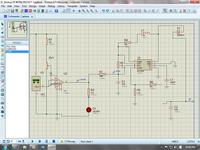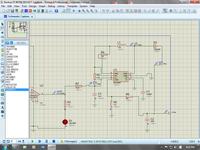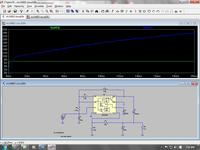Englewood
Full Member level 3
Hello,
I want to design a circuit so that when a temperature of say 100C is reached i get a 24v output to triger a safety cut off.
Is this possible using a LM35?
I want to design a circuit so that when a temperature of say 100C is reached i get a 24v output to triger a safety cut off.
Is this possible using a LM35?


